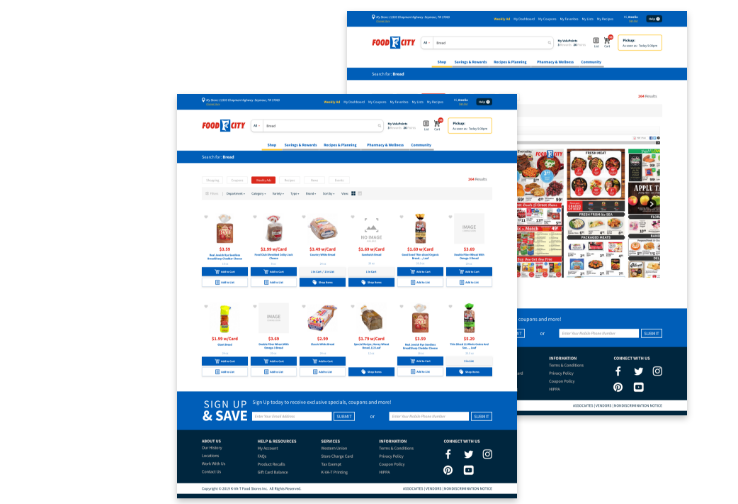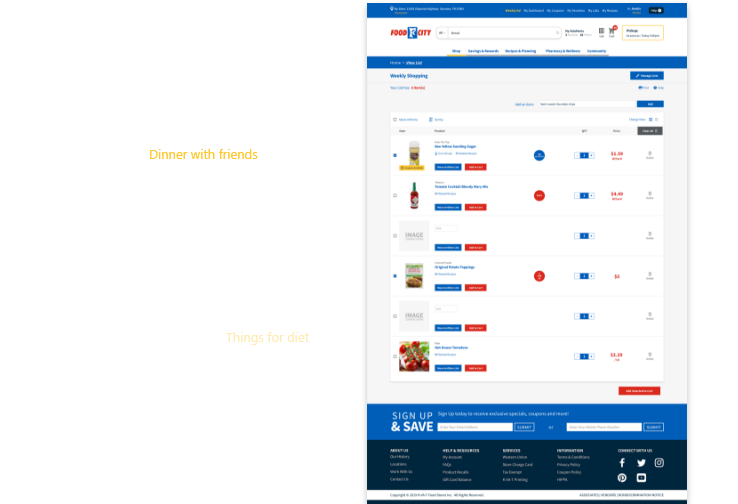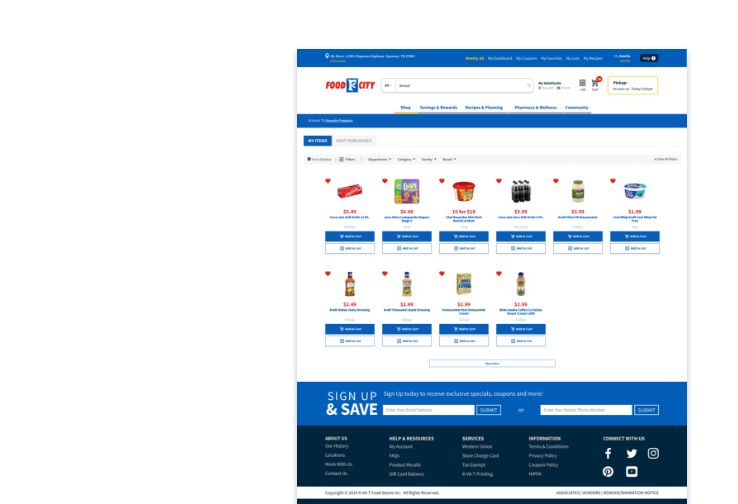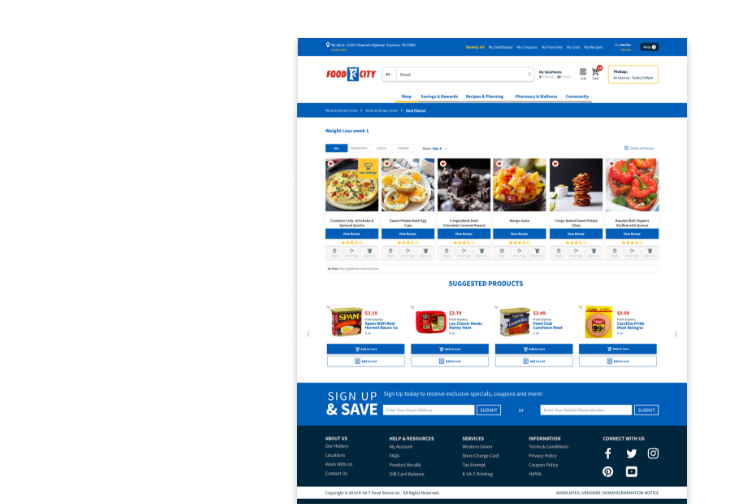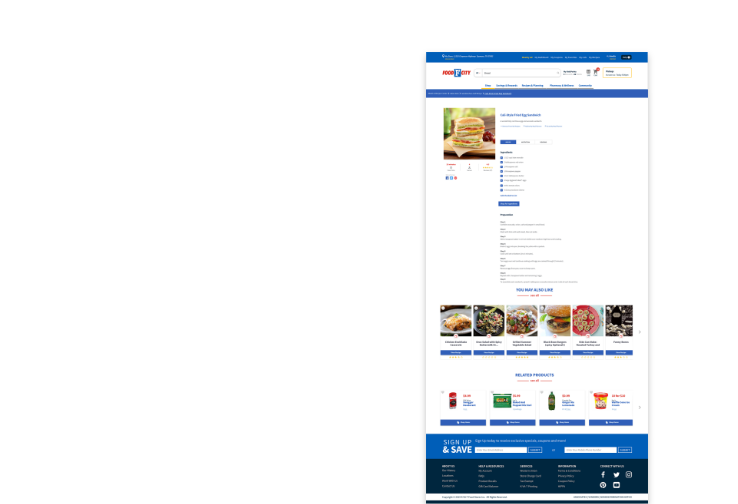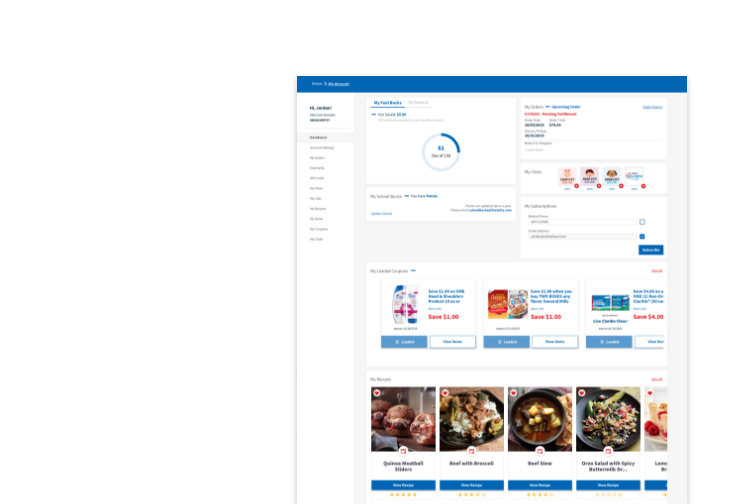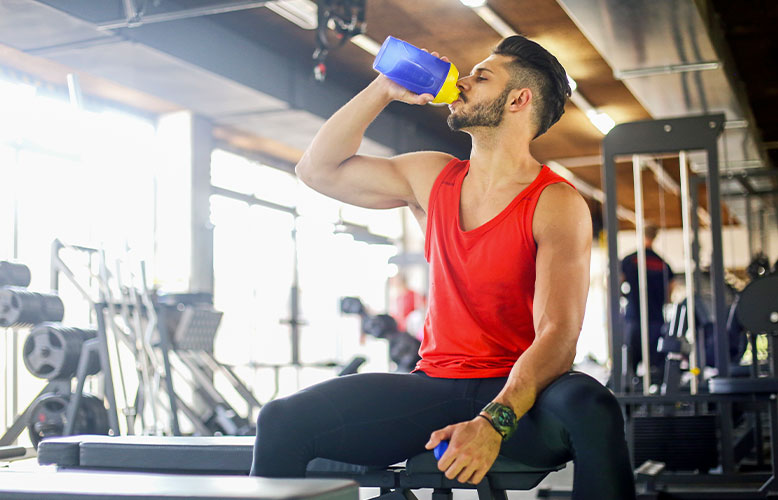
Wellness Club — Fuel an Active Lifestyle with Quest 45G Protein Milkshakes
Abingdon, VA. -
Sunday, Jun 1, 2025.
– Content Sponsored by Simply Good Foods
Whether lifting weights at the gym a couple days per week, participating in competitive sports or prepping for marathon season, good nutrition is crucial to optimizing performance, and understanding the role of protein is particularly important. Protein is not just a building block for muscles; it’s a vital component in aiding recovery, enhancing performance, and maintaining overall health.
During exercise, small tears occur in the muscle fibers. This is a natural part of the process – and one the body is ready to repair with the right nutrition. Adequate protein not only supports this muscle repair but also promotes muscle growth.
Protein Quantity
Protein is an essential part of a healthy and balanced diet for everyone, but for individuals who are highly active, protein needs increase, depending on the type, intensity and duration of activity, and individual goals (1). While endurance athletes usually need 1.2-1.4 grams of protein per kilogram of body weight, strength athletes may need 1.6-2.2 grams per kilogram to help build muscle(2, 3).
Additionally, athletes who are in a calorie deficit, during weight loss, may benefit from even higher intakes to help preserve muscle mass (4). But it is not only protein quantity that matters; protein timing and quality also play a key role.
Protein Timing
Consuming protein around exercise sessions—especially within 30–60 minutes post-exercise—can significantly impact muscle repair and growth. This approach, known as protein timing, aims to optimize the body’s ability to repair damaged muscle fibers and stimulate new growth after resistance or endurance training (5).
Research supports the concept that distributing high-quality protein throughout the day—particularly around exercise—optimizes muscle protein synthesis (MPS), especially when the protein is rich in leucine and other essential amino acids (6).
Protein Quality: Bioavailability and Amino Acids
Not all proteins are created equal. The body’s ability to digest and absorb protein—known as bioavailability—varies. Proteins derived from dairy sources such as whey and casein are among the highest in bioavailability and contain all nine essential amino acids your body cannot make on its own (7).
Quest’s 45g Protein Milkshakes
Quest’s 45G Protein Milkshakes are a convenient, delicious way to meet protein needs and support muscle recovery. These ready-to-drink shakes are made with ultra-filtered milk, which means more protein, less sugar, and a naturally creamy taste.
Here’s what makes them a great complement to any eating plan:
• 45g of high bio-availability protein
• All nine essential amino acids
• Good source of iron and potassium, and excellent source of calcium
• Convenient and portable – perfect for on-the-go
Built with these principles in mind, Quest’s new 45g Protein Milkshakes are a great supplement to help fuel recovery and performance. Each shake is made with ultra-filtered milk, providing a concentrated source of protein with reduced sugar and lactose. Available at Food City in Chocolate, Vanilla, and Strawberry, they’re a powerful way to support your body’s needs after a tough workout.
Try these delicious flavor ideas for optimizing post-workout recovery.
• Orange Cream Shake – Blend Quest 45g Vanilla with two peeled navel oranges, ½ cup ice, and ½ cup Food Club plain non-fat Greek yogurt until smooth. Serves two.
• Strawberry Banana Smoothie – Blend one Quest 45g Strawberry with one ripe frozen banana until creamy and smooth. Serves two.
• Blended Iced Mocha – Blend one Quest 45g Chocolate with 8 ounces chilled coffee and 1 ½ cups ice until frothy. Serves two.
References
Jager, R., Kerksick, C.M., Campbell, B.I. et al. (2017) International Society of Sports Nutrition Position Stand: Protein and Exercise. J. Int. Soc. Sports Nutr.14(20). Retrieved from https://jissn.biomedcentral.com/articles/10.1186/s12970-017-0177-8
Thomas, D.T., Erdman, K.A., & Burke, L. M. (2016). Position of the Academy of Nutrition and Dietetics, Dietitians of Canada, and the American College of Sports Medicine: Nutrition and Athletic Performance. Journal of the Academy of Nutrition and Dietetics, 116(3), 501-528. https://doi.org/10.1016/j.jand.2015.12.006
Mortan, R.W., et al. (2018). A systematic review, meta-analysis and meta-regression of the effect of protein supplementation on resistance training-induced gains in muscle mass and strength in healthy adults. British Journal of Sports Medicine, 52(6), 376-384. https://doi.org/10.1136/bjsports-2017-097608
Hector, A.J., & Phillips, S.M. (2018). Protein recommendations for weight loss in elite athletes: a focus on body composition and performance. International Journal of Sprot Nutrition and Exercise Metabolism, 28(2), 170-177. https://doi.org/10.1123/ijsnem.2017-0273
Schoenfeld, B. J., Aragon, A. A., & Krieger, J. W. (2013). The effect of protein timing on muscle strength and hypertrophy: a meta-analysis. Journal of the International Society of Sports Nutrition, 10(1), 53. https://jissn.biomedcentral.com/articles/10.1186/1550-2783-10-53
Tipton, K. D. (2013). Protein for adaptation to exercise training. European Journal of Sport Science, 13(1), 1-10. https://www.tandfonline.com/doi/full/10.1080/17461390801919102#d1e227
Idaho Milk Products. (2022). Impact of Dairy Proteins on Muscle Recovery. https://www.idahomilkproducts.com/blog/impact-of-dairy-proteins-on-muscle-recovery

